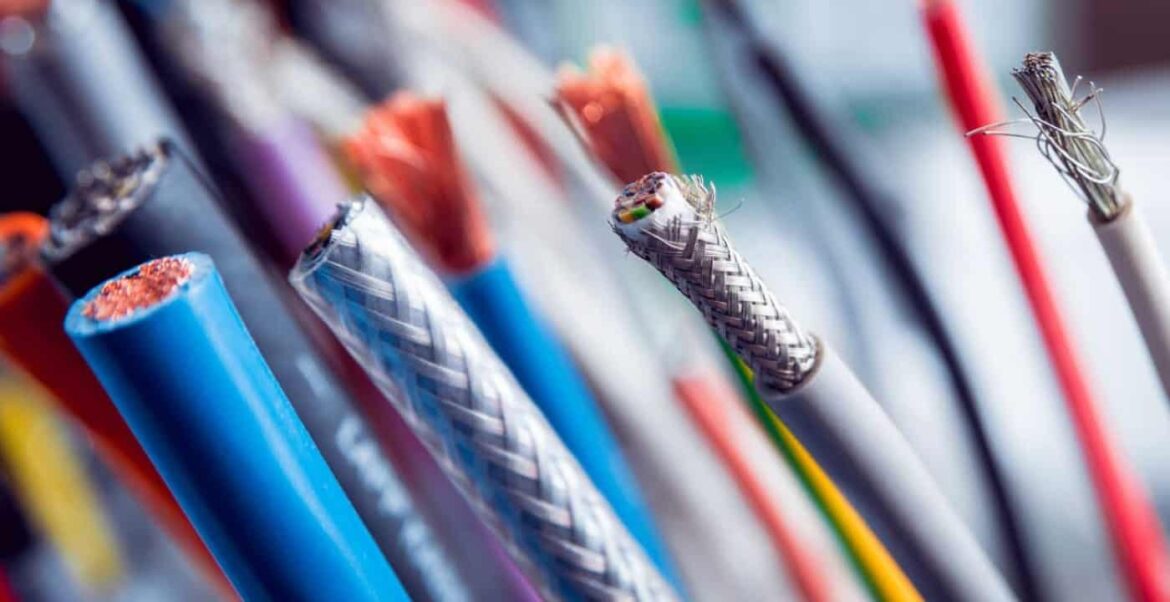Cable overmolding may be one of the most overlooked yet essential components in our technology-dependent lives. From the charger powering your smartphone to the medical devices in hospitals and the complex wiring in your car, overmolded cable assemblies silently ensure our modern world functions reliably. This innovative manufacturing process combines durability with design to create cable solutions that withstand daily abuse while maintaining peak performance in ways most of us never notice.
The “Magic” Behind Your Favorite Devices
Ever wondered why your headphone cables don’t fall apart at the connection point despite being bent thousands of times? Or why your kitchen appliance cords can withstand occasional liquid spills? The answer lies in cable overmolding, a fascinating manufacturing process that encapsulates delicate wire connections in a protective thermoplastic shell. This process involves forcing molten material into specially designed molds under pressure, creating a seamless protective layer around cables and connectors. The next time you plug in your device, take a moment to appreciate the smooth, unified transition between the cable and connector – that’s overmolding at work.
Unlike basic cables with separate components, overmolded cable assemblies become unified parts with enhanced protection for their internal components. This manufacturing technique transforms ordinary, vulnerable connections into reinforced, long-lasting tools that can withstand our increasingly demanding lifestyles. The process combines both practical engineering and thoughtful design, ensuring the cables we rely on daily remain functional despite constant handling.
From Flexibility to Protection: Why Overmolding Matters
The magic of cable overmolding goes far beyond simple aesthetics. When you unpack a new electronic device and find a flexible, smooth cable that feels pleasant to touch, you’re experiencing the tactile benefits of materials like polyvinyl chloride (PVC) or thermoplastic polyurethane (TPU). These specialized materials create that soft, rubber-like texture while simultaneously offering impressive flexibility and durability.
Modern overmolded cables represent a remarkable evolution in connectivity solutions. What makes these cables truly special is their ability to perform in conditions that would quickly damage traditional designs. Whether it’s exposure to moisture in your bathroom, temperature fluctuations in your car, or constant movement in your backpack, overmolded cables provide superior protection against the elements. This resilience translates to fewer replacements, less electronic waste, and more reliable performance when you need it most.
Beyond Protection: The Surprising Benefits of Overmolded Cables
While protection forms the foundation of overmolding technology, its advantages extend into unexpected areas. One significant benefit is the customization potential that allows manufacturers to create distinctive, user-friendly designs. Those ergonomic grips on professional tools, color-coded connectors on audio equipment, and branded cables that match your devices aren’t just marketing gimmicks – they’re thoughtful applications of overmolding technology that enhance user experience.
Cable overmolding offers designers nearly limitless options in shapes, sizes, materials, and configurations. This flexibility empowers engineers to solve complex connectivity challenges while maintaining aesthetic appeal. The same technology that allows medical equipment to withstand rigorous sterilization also enables consumer electronics to showcase brand identity through consistent colors and textures. Even the tactile experience of using a device – how a cable feels in your hand or how easily it connects – can be optimized through strategic overmolding decisions.
The Invisible Features That Make a Difference
Some of the most valuable attributes of overmolded cables remain invisible to casual users. Strain relief, for instance, might sound like technical jargon, but it’s the reason your charging cable doesn’t break after repeated plugging and unplugging. This engineering principle distributes mechanical stress across a wider area, preventing concentrated wear at connection points – precisely where traditional cables typically fail.
Another hidden benefit is tamper-proof construction. Unlike standard cables, overmolded versions incorporate an extra layer of insulation that deters unauthorized access or modification. This feature proves particularly valuable in security-sensitive environments where cable integrity directly impacts system reliability. Additionally, overmolded assemblies offer superior electrical insulation properties, reducing interference and enhancing signal quality in ways that improve device performance without drawing attention to themselves.
From Design to Reality: How Overmolded Cables Come to Life
The journey from concept to finished overmolded cable involves several fascinating stages that blend artistry with precision engineering. Initially, designers select specific materials based on the cable’s intended environment and use case. For outdoor applications, materials with UV resistance and weatherproofing properties might be prioritized, while medical devices might require biocompatible compounds that withstand sterilization procedures.
After material selection, engineers create precise mold cavities that define the shape and features of the overmolded part. Modern manufacturing often leverages 3D printing technology to rapidly produce prototypes, allowing designers to test form and fit before investing in expensive production tooling. This step ensures the final product not only functions correctly but also integrates seamlessly with its intended devices.
The actual overmolding process combines traditional cable assembly techniques with injection molding technology. After careful preparation of the cable and connectors, these components are placed into specialized molds where heated thermoplastic material is injected under pressure. As the material cools, it creates a permanent bond with the underlying components, transforming separate parts into a unified, durable product designed to withstand years of use in demanding conditions.
The Future of Connected Experiences
As our dependency on electronic devices continues to grow, the importance of reliable, durable cable connections becomes increasingly significant. Innovation in overmolding technology promises even more specialized solutions for emerging challenges – from biodegradable materials addressing environmental concerns to advanced composites enabling stronger, lighter, and more flexible connections.
The future of cable overmolding will likely see increased integration with smart technology. Imagine cables that change color when damaged or approaching the end of their lifespan, or connectors that provide haptic feedback when properly connected. The foundational technology already exists – it’s simply a matter of creative application to enhance user experience while maintaining the reliability we’ve come to expect.
Connecting Our World, One Cable at a Time
The next time you plug in a device, take a moment to appreciate the engineering marvel connecting your technology to its power source. Cable overmolding represents the perfect marriage of function and form – protection with personality, durability with design. These unassuming components enable our connected lifestyle while withstanding tremendous abuse, often for years beyond their expected lifespan.
In our increasingly wireless world, it’s ironic that physical cables remain so essential to our daily experiences. Yet even as wireless charging and connectivity expand, the need for reliable, specialized cable solutions grows alongside them. From industrial equipment to delicate medical devices, from automotive systems to consumer electronics, overmolded cables continue to evolve, adapting to new challenges while maintaining the core benefits that made them revolutionary in the first place – protection, performance, and longevity wrapped in user-friendly designs.








